Good writing about celebrity is scant. It has few poets, because it takes depth to go truly shallow (I’d nominate Roland Barthes, Peter Conrad, Kenneth Tynan, Clive James, Marina Hyde, Lynn Barber and the New Yorker’s Lauren Collins). It all runs the risk of becoming instantly dated. As a magazine interviewer myself, I’ve learnt to expect anyone blabbing about their marital bliss and vegan awakening to be divorced and setting up a burger chain by the time the piece comes out.
After celebrities die they are stratified; the very good or very bad get biographers. But the mere celebs get Greg Jenner. Despite his previous achievements in making history palatable to children (he was the fact-checker on the team that created the all-conquering Horrible Histories on TV), this personable, self-styled ‘public historian’ had something of a shock here. Writing this book, he tells us, took him four years, 1.4 million words of notes and five editors. ‘You may think you know what a celebrity is, because I thought I did too,’ he pants in his introduction. ‘But trying to formally define it was like wrestling an octopus. Every time I grappled with an idea, another seven would curl menacingly around my throat.’
Alas, when a writer asks for sympathy, the one who usually needs it is the reader. This book pursues the butterfly of popular culture with a double shotgun. With chapters such as ‘What the Hell is a Celebrity Anyway?’ and ‘The Fandom Menace?’ it tries to assemble an anatomy of celebrity through the ages while taking a determinedly larky, non-threatening tone.
As well as namechecking a huge range of academic sources, it introduces useful terms in italics: for example, the odd, imbalanced dynamic of the relationship between stars and fans is parasocial. (‘I want to call it parasocialism, but that sounds too much like Lenin jumping out of a plane,’ writes Jenner in one of his completely unforced asides.) If you grew up loving the BBC’s Horrible Histories, you will probably find this helps you with your media studies coursework. Theorists such as Boorstein and Durkheim, whose concepts are mentioned here, are surely exam gold.
There is an enjoyably wide range of cultural references, as the author jumps from Juvenal’s satires to Star Wars; Godzilla sits next to Goethe in the index, and Lillie Langtry next to Lauren Laverne. Devotees of The Sorrows of the Young Werther are succinctly called ‘emo kids of the 1770s’. ‘Barnum had pulled a Keyser Söze,’ concludes one chapter. And apparently Gertrude Stein was ‘the modernist Miley Cyrus, minus the twerking’.
In this pick’n’mix are plenty of half-forgotten quirky treasures, from the Whig-baiting Georgian doctor Henry Sacheverell to the early gossip journalist Cholly Knickerbocker, alias ‘Mr Bitch’, to the composer Ossian Dodge (‘fantastic name, I’ll give him that’) to Master Betty, the child star non-pareil of 1803, whose moment of Bettymania was as shortlived as Clegg-mania. We also meet the first celebrity couple to make a compound name: Cleo de Merode and Leopold II of Belgium, or ‘Cleopold’, were the ‘Brangelina’ of the Belle Epoque.
Every 100 pages or so there’s a good passage on Gertrude Stein (the conceptual structure sadly scatters narratives all through the book). Some dustier life stories, such as Edmund Kean’s, are presented with lashings of enthusiasm, adjectives and jollies. When Kean cuckolded his friend, the latter turned up at the theatre with murder in mind but ‘luckily, the pistol was wrestled away from him before Edmund became Deadmund’. Byron is ‘the young hot sex pirate’.
But what really marks Dead Famous as of its time is that the author backs up his opinions by conducting a Twitter poll. As an active fellow of the Twitterati, with 90,000 followers, Jenner is well placed to use this resource. Ninety per cent of his 2,000 respondents agreed with him that, yes, Reynolds’s portrait does make Garrick look like ‘a tiresome jerk’. It’s perhaps germane that although the Twitter skill of delivering a factoid or jab of insight is here, the sustained art of context and structure is undeveloped.
Like Horrible Histories, the book is keen to include assertions such as ‘Nero was very much the Donald Trump of the ancient world’. (Nero would be furious. Trump hasn’t won any Grammys or Olympic Games categories; he hasn’t even changed their rules to allow himself a chance.)
This is so nearly a fantastic primer on celebrity through the ages. But perfect prose it ain’t. Example:
Fandom is also a sturdy pillar in a celebrity infrastructure which, on its bad days, burns through stars like human fossil fuel, caring not a jot for their emotional well-being or the acrid smog their bones produce.
Brace yourself for the Twitterati takeover.
Got something to add? Join the discussion and comment below.
Get 10 issues for just $10
Subscribe to The Spectator Australia today for the next 10 magazine issues, plus full online access, for just $10.
You might disagree with half of it, but you’ll enjoy reading all of it. Try your first month for free, then just $2 a week for the remainder of your first year.

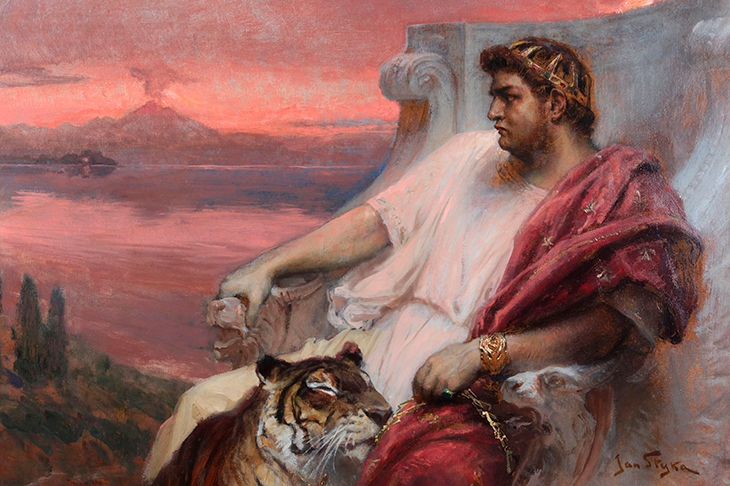
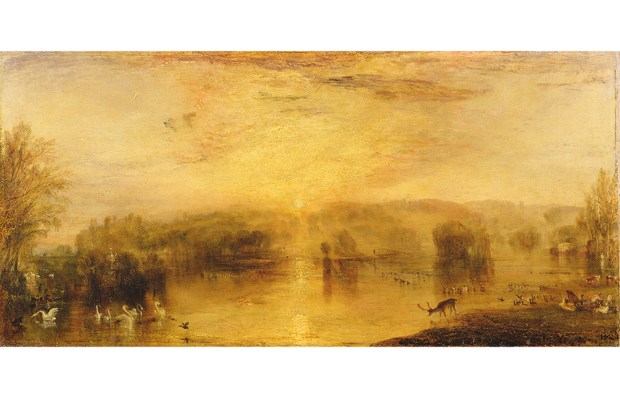
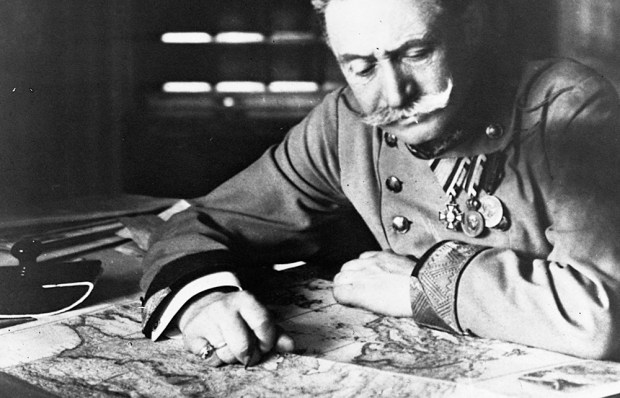

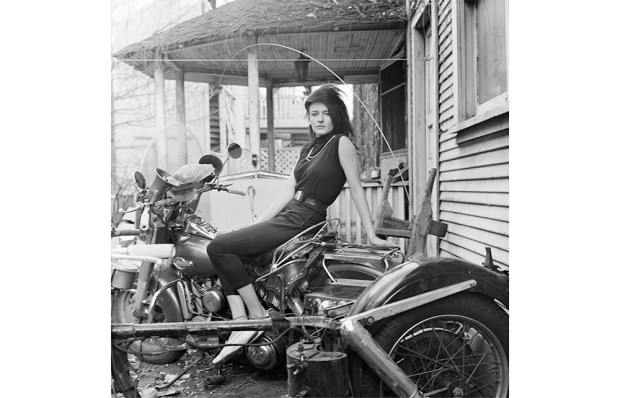
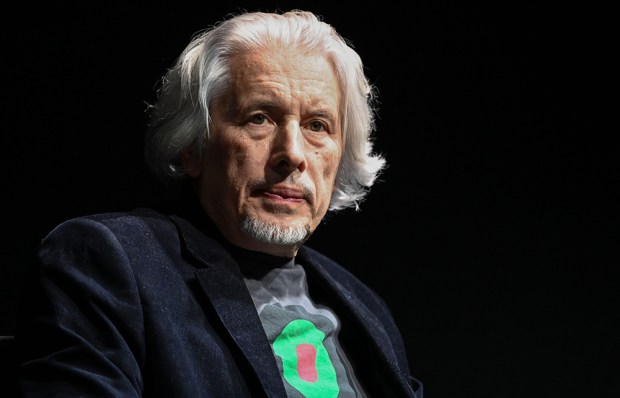
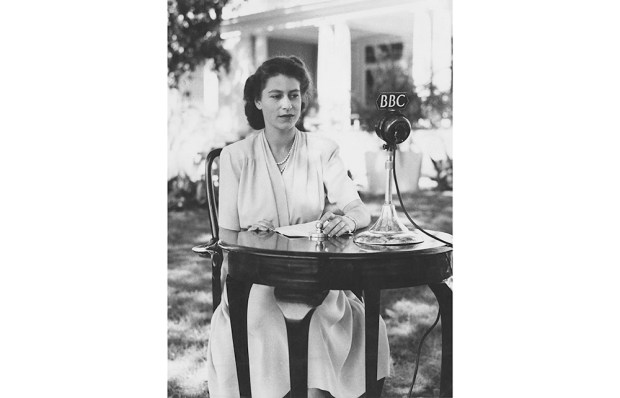






Comments
Don't miss out
Join the conversation with other Spectator Australia readers. Subscribe to leave a comment.
SUBSCRIBEAlready a subscriber? Log in